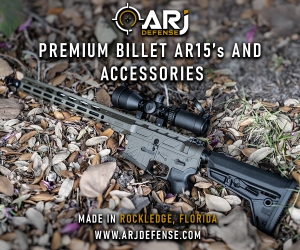A short lesson in radio:
Radio waves are electromagnetic radiation.
Radio waves are radio waves - how far they can travel is basically a function of frequency and obstacles. At a given frequency of radiation from an antenna, the power of the emission makes it easier to receive at a distance. The curvature of the earth determines how far the radio waves travel.
Modulation may be AM, FM, SSB, Digital, or a host of other modes, but modulation has nothing to do with how far the radio waves travel. It does have to do with how well the message being carried by the radio waves is understood by humans.
Consider a large granite mountain. A rifle fired at a target behind the mountain cannot reach the target. To accomplish the task takes a shot fired at a high angle, such that the projectile goes over the mountain then begins to fall from a great height and arrive at the target.
HF (low frequency) radio waves reflect off the ionosphere and can travel very long distances. They go very high over the mountain but are reflected off the ionosphere many miles above the surface of the earth.
VHF/UHF (high frequency) radio waves do not reflect but shoot straight out of the atmosphere - like the beam of a flashlight.
Hope I didn't bore you.
Radio waves are electromagnetic radiation.
Radio waves are radio waves - how far they can travel is basically a function of frequency and obstacles. At a given frequency of radiation from an antenna, the power of the emission makes it easier to receive at a distance. The curvature of the earth determines how far the radio waves travel.
Modulation may be AM, FM, SSB, Digital, or a host of other modes, but modulation has nothing to do with how far the radio waves travel. It does have to do with how well the message being carried by the radio waves is understood by humans.
Consider a large granite mountain. A rifle fired at a target behind the mountain cannot reach the target. To accomplish the task takes a shot fired at a high angle, such that the projectile goes over the mountain then begins to fall from a great height and arrive at the target.
HF (low frequency) radio waves reflect off the ionosphere and can travel very long distances. They go very high over the mountain but are reflected off the ionosphere many miles above the surface of the earth.
VHF/UHF (high frequency) radio waves do not reflect but shoot straight out of the atmosphere - like the beam of a flashlight.
Hope I didn't bore you.








